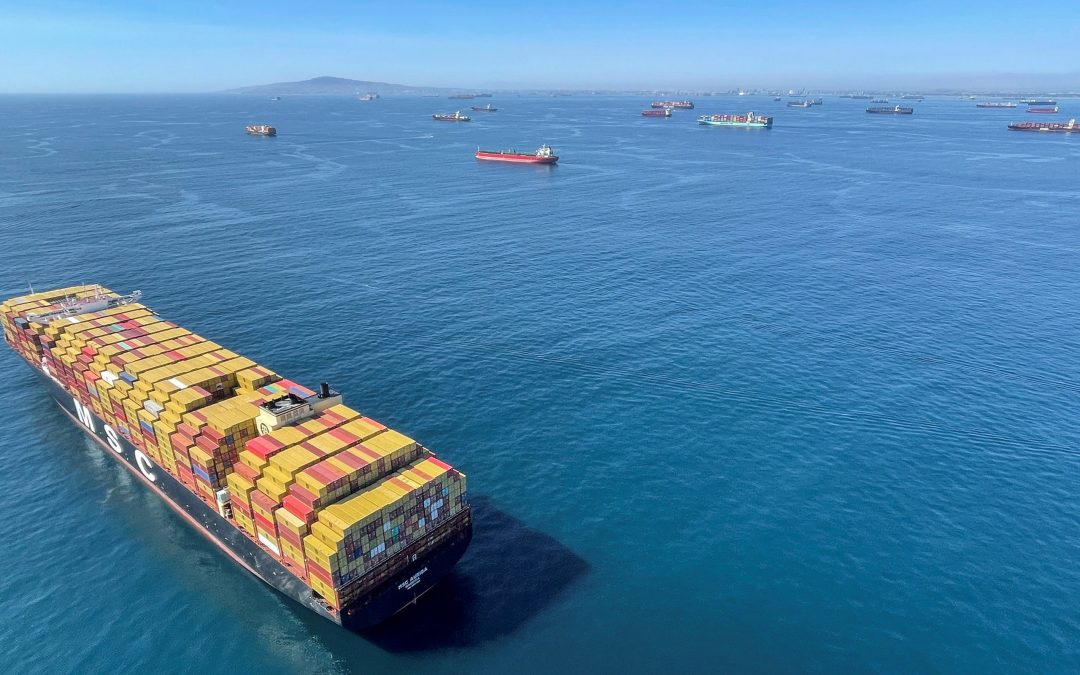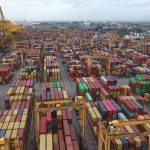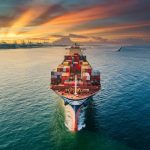The U.S. should brace for another surge in the supply-chain crisis as manufacturers in Asia reopen their factories from Covid-19 lockdowns, causing new delays at American ports, the chief representative for West Coast port operators said.
There’s been a lull in trade flows as China has used strict lockdowns in cities and major trade hubs, including Shanghai, to curb a new wave of coronavirus cases. Once factories resume output they’ll be scrambling to fill orders, which could bog down U.S. maritime hubs when they arrive, according to Pacific Maritime Association President James McKenna.
“As the lockdown in China becomes a thing of the past, hopefully, you’ll see that surge start to pick up momentum again,” McKenna said in an interview at Bloomberg’s Los Angeles bureau on Thursday. “But by no stretch of the imagination do we think it’s over,” he said, referring to the supply-chain crunch. “In fact, we’re planning for this to go for the entire year.”
McKenna’s organization represents 70 carriers, terminal companies, and other shipping firms operating at 29 West Coast ports, including the twin ports of Los Angeles and Long Beach which are the No. 1 U.S. gateway to trade from China.
The PMA speaks for employers in talks to hammer out a new labor contract for West Coast dockworkers that are set to start May 12 ahead of the current contract expires on July 1.
Two years of record consumer spending have seen cargo loads hammer ports, particularly on the U.S. West Coast, with delays and congestion, and workers are seen as having additional leverage as carriers have seen record profits in a tight market.
It takes an average of 111 days for goods to reach a warehouse in the U.S. from factories in Asia, the longest travel time since mid-February and more than double the trip in 2019, according to San Francisco-based freight-forwarder Flexport Inc.
Right now, roughly 40 container ships are waiting off the coast of southern California — compared with more than 100 during the height of the supply-chain crisis, McKenna said. In Shanghai, the world’s largest port, hundreds of ships are lined up.
“The reality of the situation is that we’re just overwhelmed with cargo,” said McKenna, blaming problems across the entire logistics network, from trucking to warehousing, for causing cargo pile-ups at the terminals.
McKenna noted that supply chains haven’t changed much since the peak of the crisis last year, and said the lack of infrastructure may lead to new bottlenecks.
“There’s a lot of backlogs still waiting to get out of China,” said McKenna. “It’s just all a big puzzle that has to come together.”
Source: gCaptain






